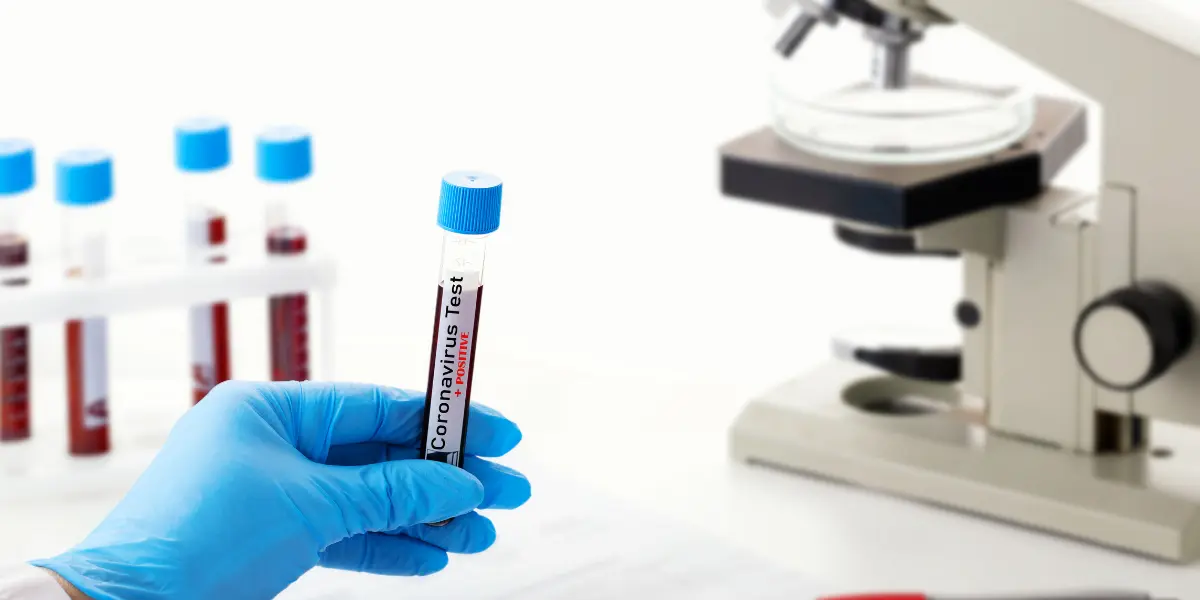What is Pathology Test? All About Pathology Test you Should Know
Pathology is the complete detailed examination of a sample which can be a blood sample, a urine sample, or a tissue specimen. A pathology test gives a picture of what...
Reviewed by Dr. faisal khan (MBBS, FRACGP, FAMAC) - Consult Now

Pathology is the complete detailed examination of a sample which can be a blood sample, a urine sample, or a tissue specimen. A pathology test gives a picture of what is going inside the body. Through this, the doctor can diagnose and investigate diseases and infections.
Need for a Pathology Test
A pathology test is needed in order to diagnose a disease of a patient. Sometimes only one pathology test is not sufficient to lead towards a probable diagnosis; it may just give a clue towards a diagnosis. It helps the doctor in making a differential diagnosis. After that more specified pathology tests are performed to lead towards the actual diagnosis of the disease.
Results of a Pathology Test
Pathology test results consists of different values. Normal ranges of these values from minimum normal limit to upper normal limit are usually mentioned in the test reports for the ease of interpreting the results. From these values a doctor can easily find out where the actual problem lies. You can get online Pathology Services here.
Types of Pathology Tests
There are various types of pathology tests. These are selected by the doctor depending on which test needs to be performed in order to establish a diagnosis. Initially non-specific tests are performed and then moved towards more specified tests. Non Specific Tests ESR (Erythrocyte Sedimentation Rate) is a non-specific test. It only tells us whether the infection is occurring in the body or not. It does not give the diagnosis. Similarly Hb (hemoglobin test) is performed; it just gives information about, whether the person’s blood is sufficient to meet the body’s demands or not. It does not tell about the underlying reasons why the Hb of the patient is low. Pathology tests can also be classified on the basis of the sample taken for example.
Blood Tests
In these tests blood is drawn from the blood vessel and then examined either under microscope or some other instrument. Blood as a whole is not used for all the tests. Usually only the component called serum is used. Serum is a liquid that is devoid of blood cells. This is obtained by centrifuging the blood,resulting in separation of heavy blood cells down in the tube and yellowish colored serum above. Blood/serum tests include CBC (Complete Blood Count) ESR (Erythrocyte Sedimentation Rate) Hemoglobin estimation Blood grouping Blood glucose test Lipid profile: It is checked in the cases where there are chances of heart attack due to narrowing of blood capillaries. It also helps in ruling out the cause of hypertension. It consists of Serum cholesterol levels HDL levels LDL levels Other blood tests that are related to specific systems of the body for example LFT (Liver Function Test): It measures the levels of specific enzymes of the liver in blood. In cases of any liver disease or liver cirrhosis their levels are markedly raised. It consists of measuring Serum bilirubin levels serum ALT (Alkaline transaminase) levels, serum AST (Aspartate transaminase) levels and serum Alkaline phosphatase levels. RFT (Renal Function Test): It checks the normal functioning of the kidney. It measures the levels of Urea Creatinine Uric acid Calcium Phosphorus Sodium Potassium Chloride Thyroid profile It consists of TSH levels TRH levels T3 and T4 levels Urine Tests Urine test are also performed to check the functioning of kidney.
CSF Test
This is a cerebrospinal fluid (fluid of the brain). It is withdrawn for the diagnosis of tumors of brain, infections of brain like meningitis or encephalitis etc.
Sputum Test
Microscopic examination of sputum is used to diagnose infectious diseases of the respiratory system.
Synovial fluid Examination
It is done in the cases of diseases of the joints like arthritis, gout etc
Tissue Specimens or Biopsy for Pathology Tests
Biopsy: It is a cut section of the tissue that is subjected for examination under a microscope. The cut section can be taken from the live tissue or it can also be taken from a dead organ to rule out the cause of death. It is usually done to rule out any abnormal cancerous growth in the tissue. Examples of biopsies include Thyroid tissue biopsy Liver biopsy Skin biopsy Biopsy from breast
Conclusion
There is a huge list of pathology tests that are performed in laboratories for the sake of diagnosis. They are mandatory to rule out the actual cause and to determine the appropriate treatment of the disease. Without a pathology test, it becomes impossible to find the disease. It is better to perform the diagnostic test before taking any treatment in order to avoid any misuse or side effects of unnecessary medicine.
